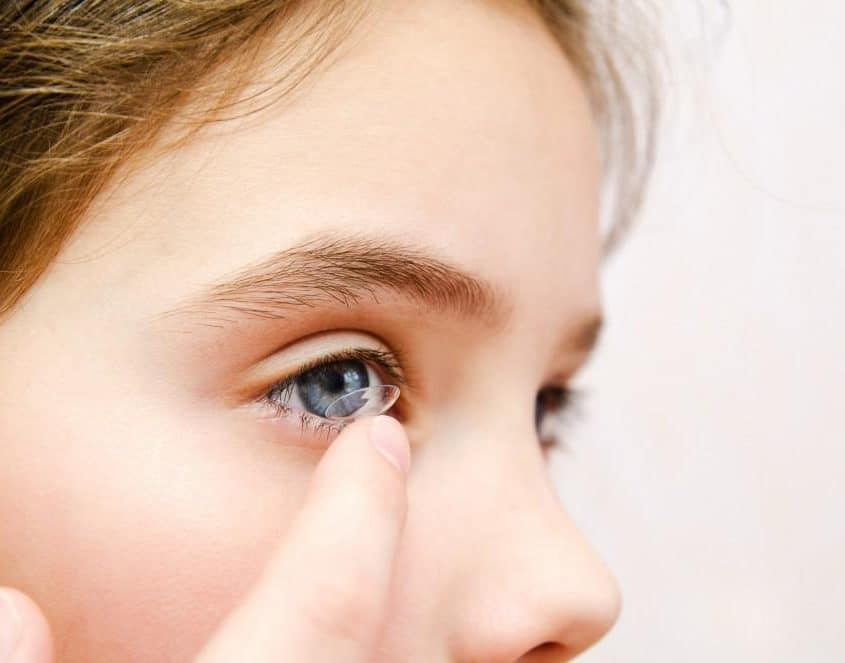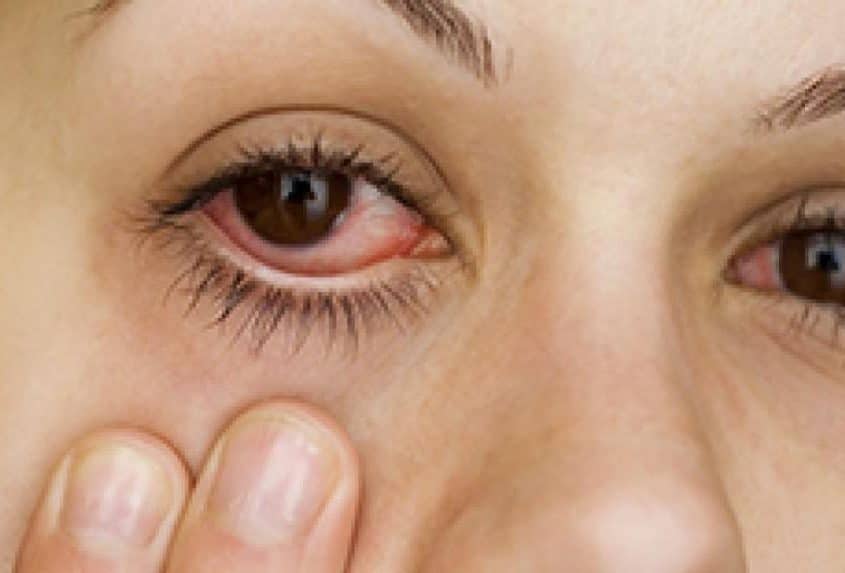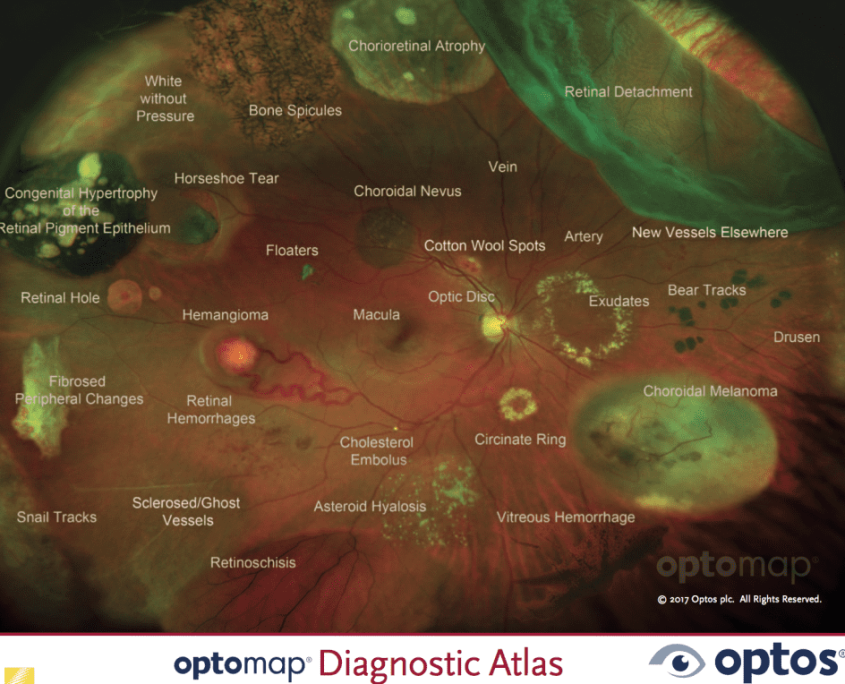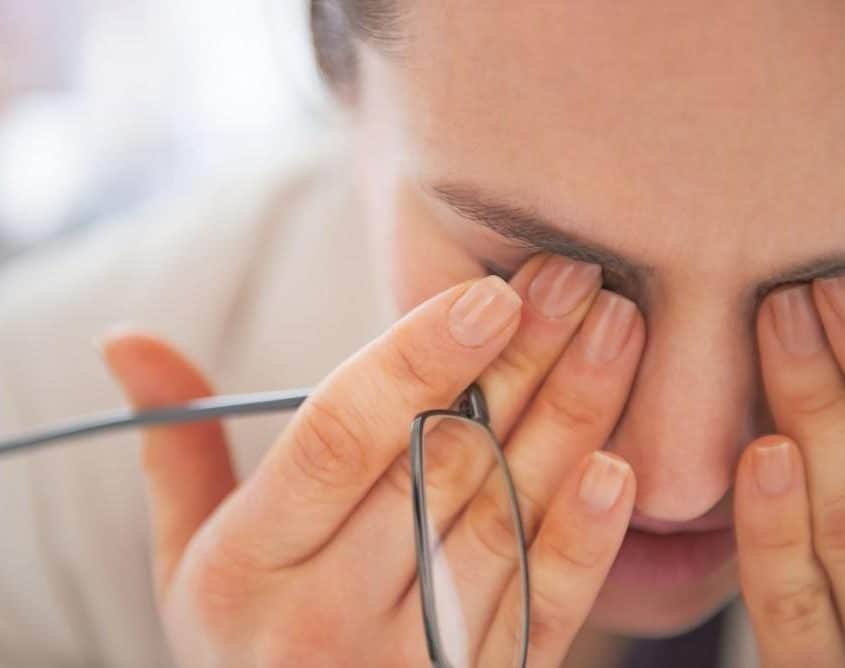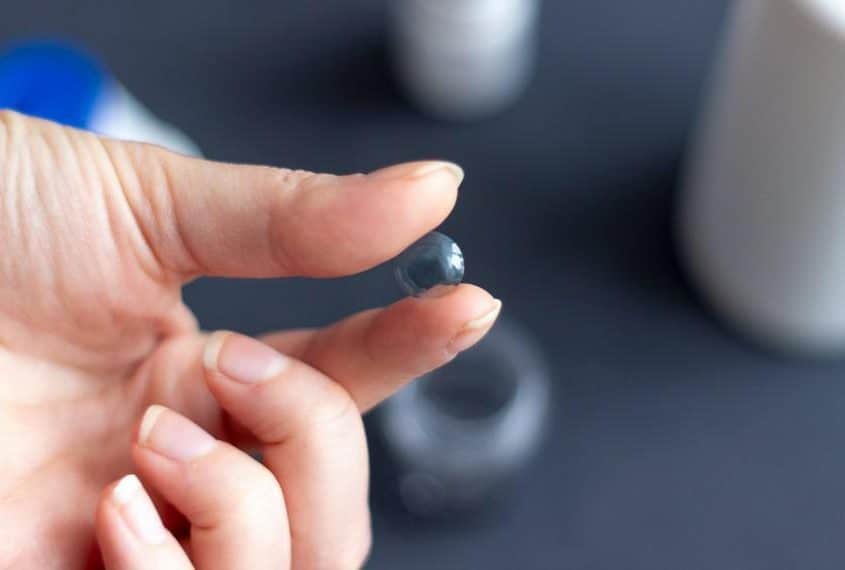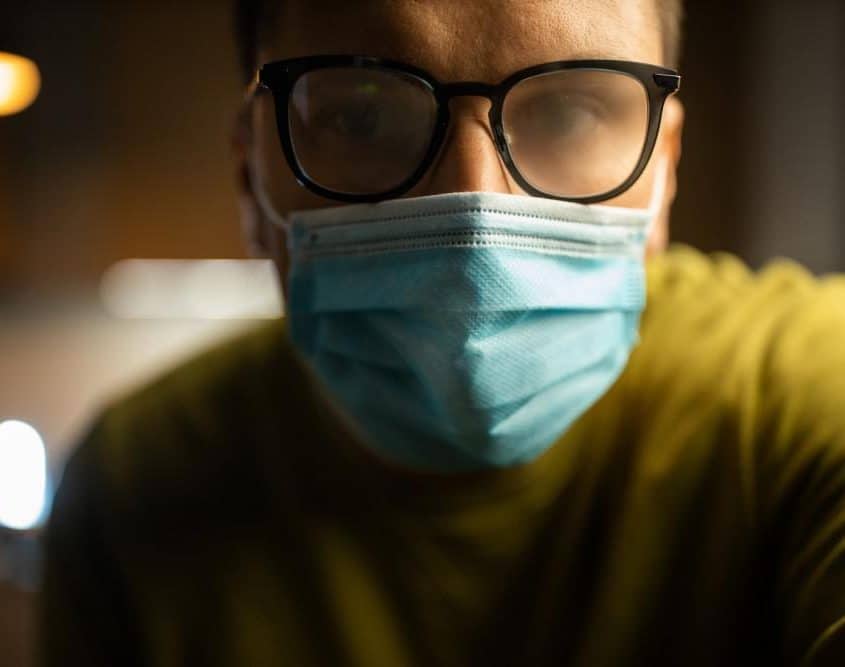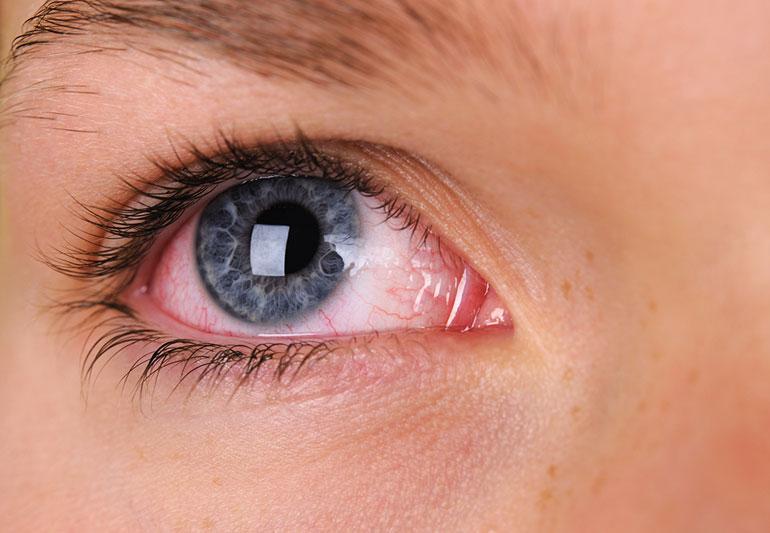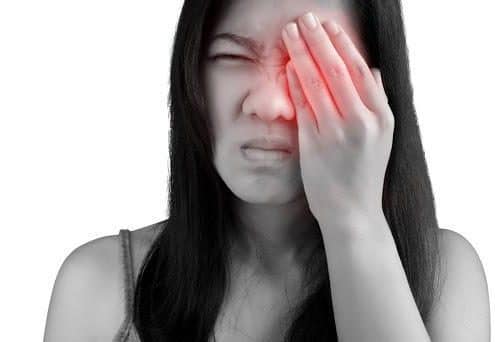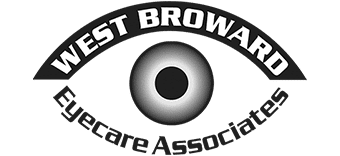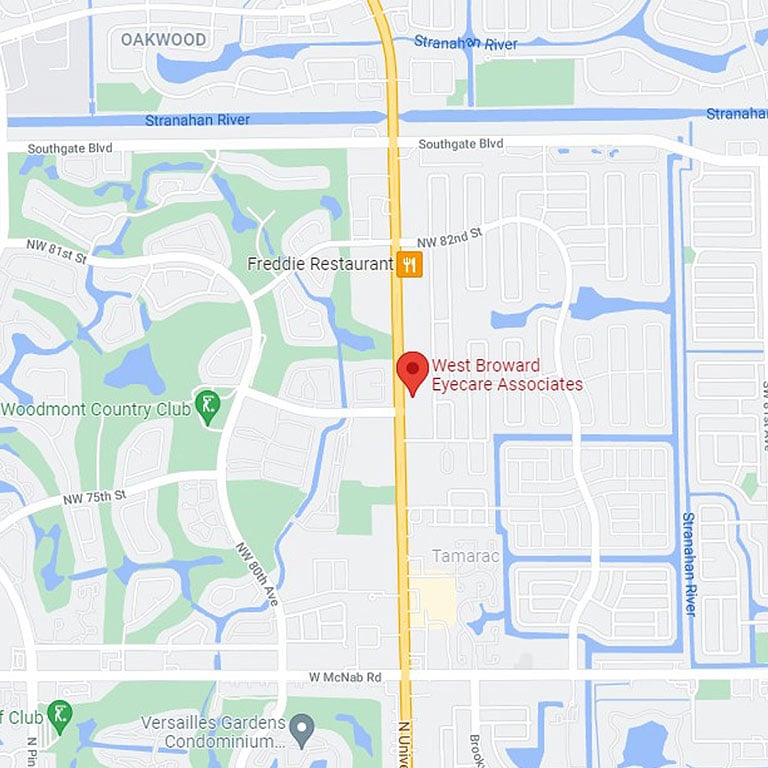Digital Eye Strain or “Computer Vision Syndrome”

Digital eye strain or “Computer Vision Syndrome”
These days nearly every career requires a significant amount of hours working on the computer. The pandemic has pushed more people to work from home, oftentimes leading to a new workspace and therefore new complaints about digital eye strain.
Common complaints
- Eyes feel tired or strained
- Vision gets blurry frequently
- Eyes feel dry, tearing, or irritated
- Frequent headaches
Causes of Computer Vision Syndrome
- As we have seen in a previous blog post, the closer an object, the more work your eyes have to do. The long hours focusing at an intermediate distance put a constant strain on your eyes throughout the day.
- Not wearing the proper prescription, even small amounts, may affect your vision more on the computer
- The computer screen is very different from printed text as letters are not as sharp, contrast between text and the background may be reduced, and glare or reflections may contribute
- Viewing distance and angle of the computer or laptop can affect how you see out of your glasses even if they are the correct prescription
- Posture sitting at the computer may worsen symptoms
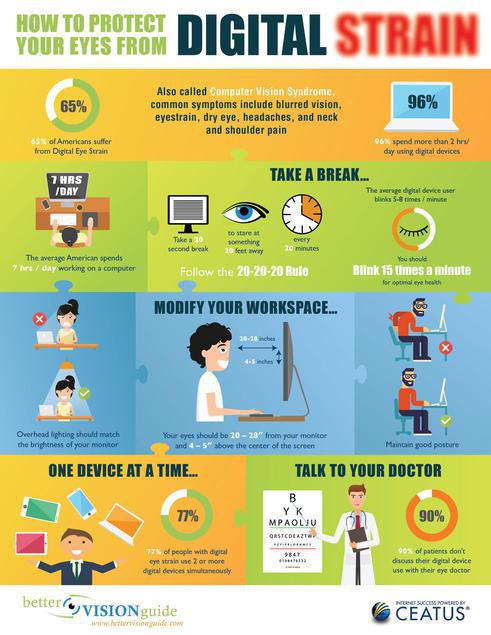
What can be done?
- Proper glasses or contact lens prescription – your current distance or reading glasses may not be the perfect fit for the computer as it is an intermediate distance. If you see well without glasses, it still may be possible that your eyes are straining to focus on the computer
- “20-20-2 Rule” – Take frequent breaks every 20 minutes and look 20 feet away for about 2 minutes. This should give you a chance to relax your eyes focusing system, remember to blink, and reset your shoulders for better posture.
- Anti-reflective coating and Blue-light filters – these are added to the lenses of glasses to try to reduce some of the subjective complaints of computer vision syndrome
- Proper position while you work – the chair should be adjusted so your feet rest on the floor, wrists should be supported when typing, and the computer screen should be 4-5 inches below eye level at about 20-28 inches from the eyes.
If you are having these symptoms, visit your eye doctor for a comprehensive eye exam to evaluate your specific needs and ways to improve digital eye strain. Make an appointment today online or call our office at (954) 726-0204.


